Collegiate Esports. An Insider’s Guide for Parents
Collegiate esports follows the framework of traditional sports, over 400 educational institutions have started developing their own esports programs. Schools are creating esports arenas and recruiting talent from all over the world to compete in their varsity esports teams. With no common framework to follow, no two programs are alike.
Some schools invest heavily in training facilities, coaching staff and equipment under existing varsity programs, while others view esports more as community-building events led by student life. No matter the objective, schools want to capitalize on esports to attract the next generation of students.
Organizations such as NACE (National Association of Collegiate Esports) and NAECAED (National Association of Esports Coaches and Directors) have been formed to help organize and structure collegiate esports competitions as well as provide some job-seeker connections for graduates seeking careers in further developing college programs. Positions from analysts, coaches, program directors, and marketing are promoted by the association.
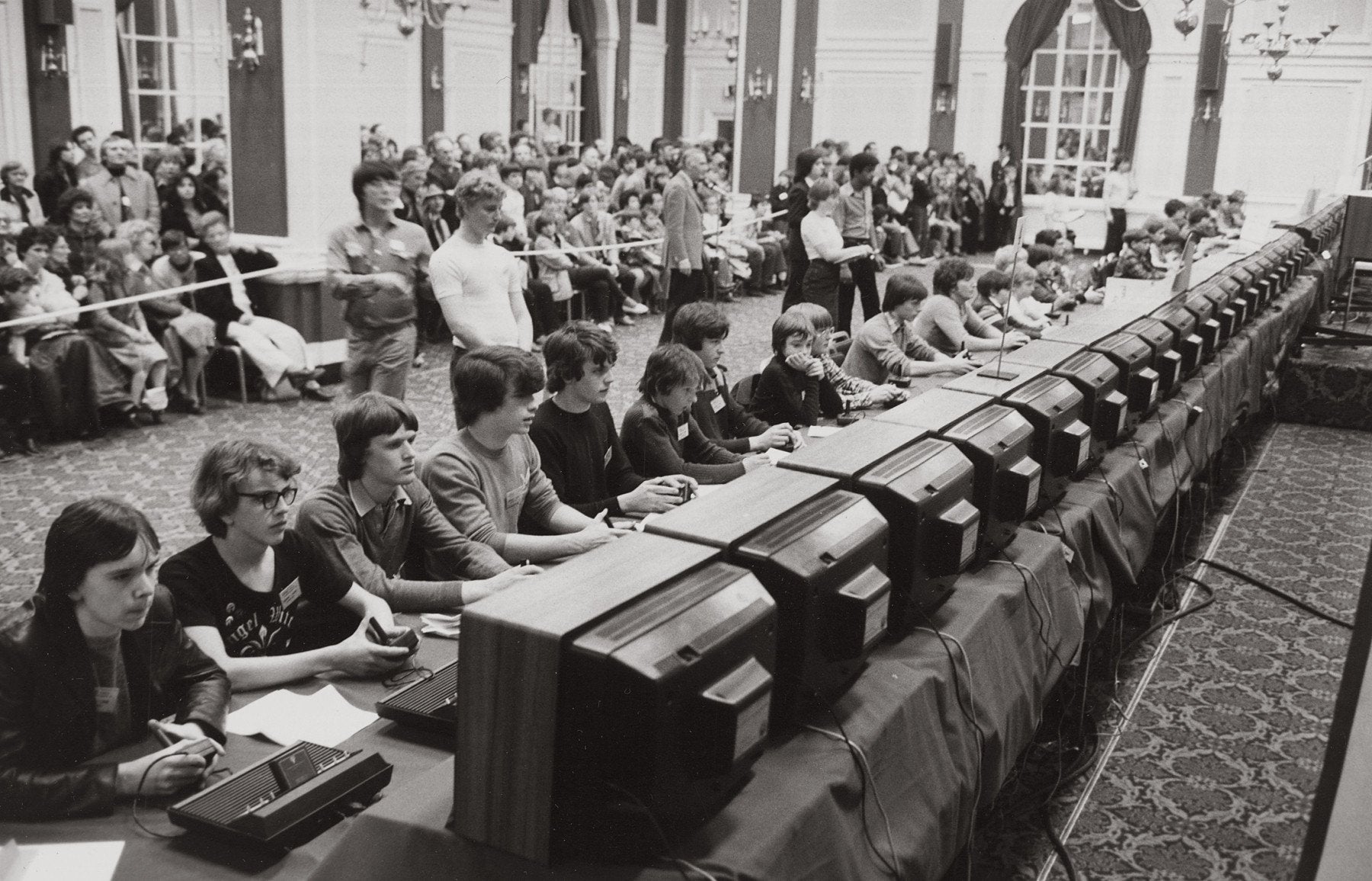
Esports competitions are not new. Atari’s Space Invaders Championship in Los Angeles, culminated after several regional qualifiers in the 1980s with over 10,000 gamers gathering around Atari 2600 consoles and rear-projection TVs in what is now often cited as the first esports event.
In 2019, League of Legends made history, becoming the first esports event to score more viewers than the Superbowl, 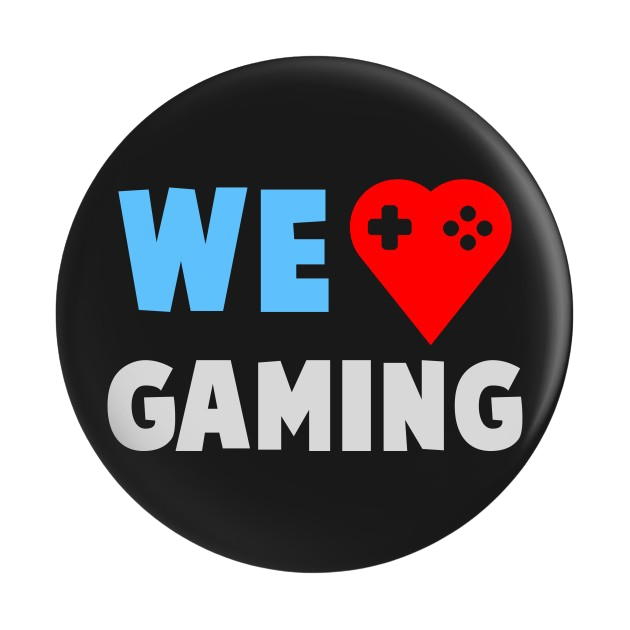 and now professional esports event organizers hope to someday deliver soccer events, the most viewed sporting events in the world.
and now professional esports event organizers hope to someday deliver soccer events, the most viewed sporting events in the world.
For universities, three decades after the first varsity esports program was created by Robert Morris University, nearly 200 schools awarded around $15 million in scholarships in 2019.
Esports Loving Students
Collegiate esports is still normalizing, however, research indicates that college students that participate in esports aren’t typical students. According to a survey by Midgame, an esports analytics software company, over 50% of students involved in their school’s esports programs study a STEM field.
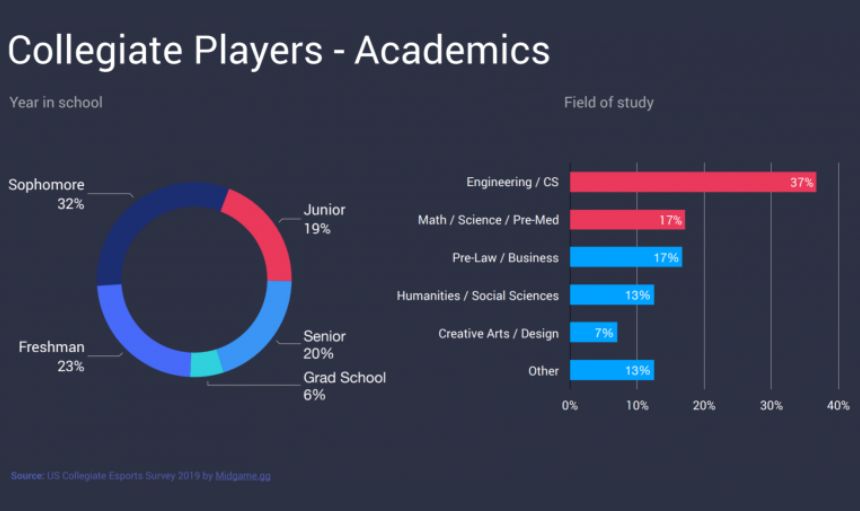
College students that participate in esports aren’t typical students. According to a survey by Midgame, an esports analytics software company, over 50% of students involved in their school’s esports programs study a STEM field.
In Conclusion
The infrastructure for professional esports players is quickly expanding and the amateur level is gaining steam.
If that’s not reason enough to join Esports Tower, our program gives you the opportunity to network with industry pros, insiders, coaches, and recruiters for college eSports programs.
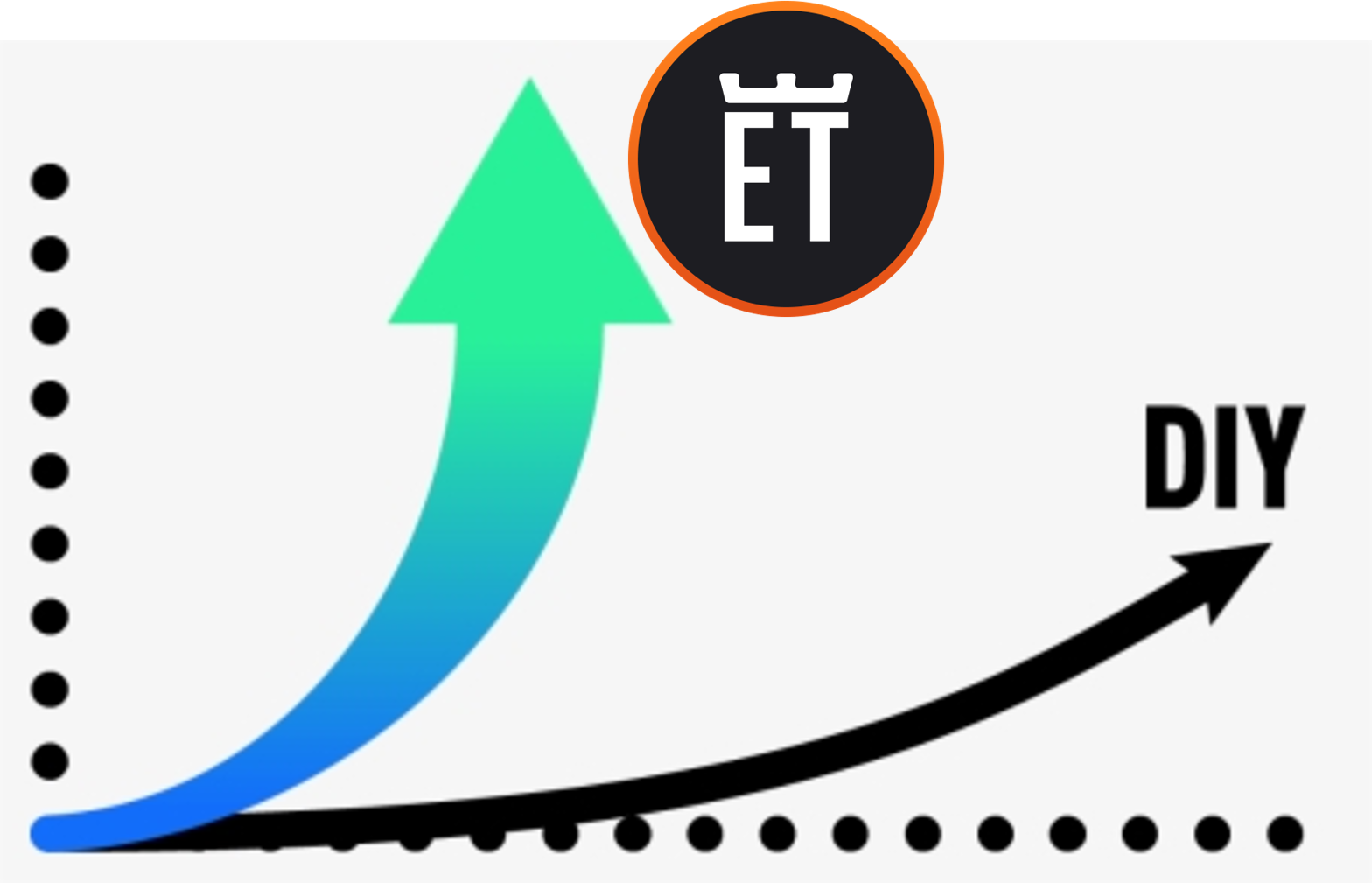
If your child wants to take their game to the next level, then enrolling at Esports Tower can be the next step in their development. At Esports Tower we offer bi-weekly coaching sessions, and weekly opportunities to play in a tournament setting, all for $5 a week… the same price as a fancy latte!

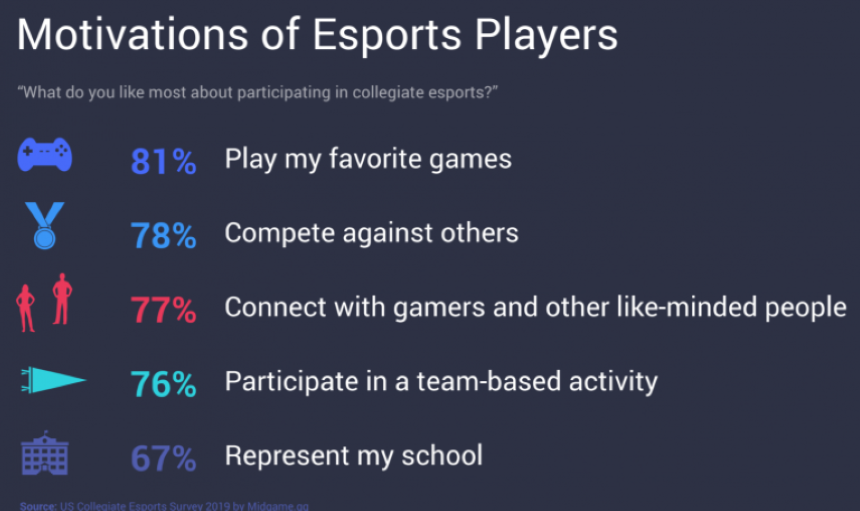


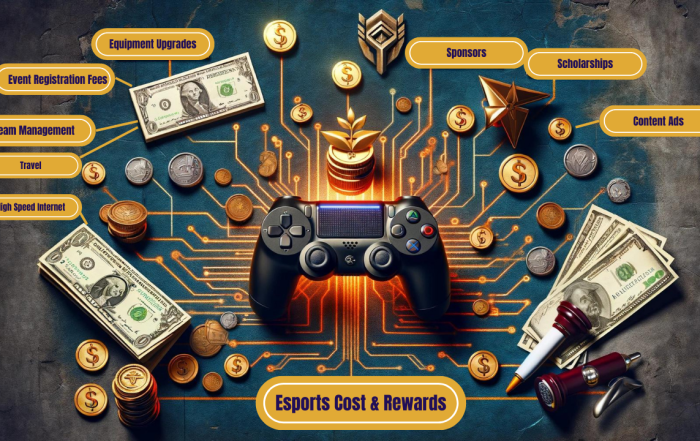
Get Social